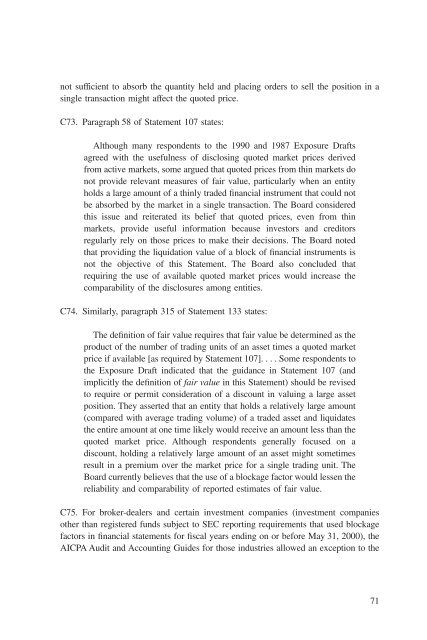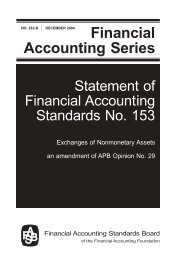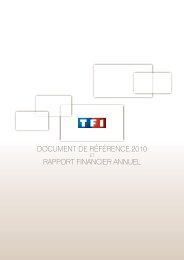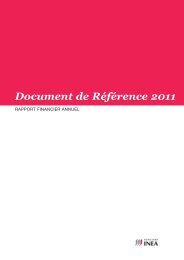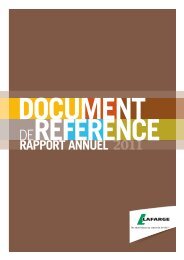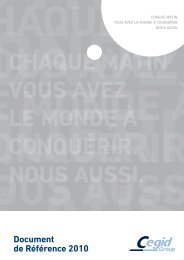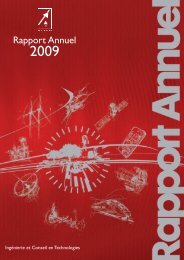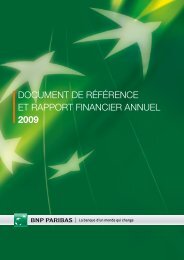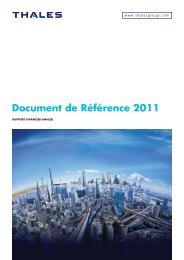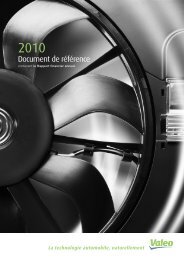Statement of Financial Accounting Standards No. 157 - Paper Audit ...
Statement of Financial Accounting Standards No. 157 - Paper Audit ...
Statement of Financial Accounting Standards No. 157 - Paper Audit ...
You also want an ePaper? Increase the reach of your titles
YUMPU automatically turns print PDFs into web optimized ePapers that Google loves.
not sufficient to absorb the quantity held and placing orders to sell the position in a<br />
single transaction might affect the quoted price.<br />
C73. Paragraph 58 <strong>of</strong> <strong>Statement</strong> 107 states:<br />
Although many respondents to the 1990 and 1987 Exposure Drafts<br />
agreed with the usefulness <strong>of</strong> disclosing quoted market prices derived<br />
from active markets, some argued that quoted prices from thin markets do<br />
not provide relevant measures <strong>of</strong> fair value, particularly when an entity<br />
holds a large amount <strong>of</strong> a thinly traded financial instrument that could not<br />
be absorbed by the market in a single transaction. The Board considered<br />
this issue and reiterated its belief that quoted prices, even from thin<br />
markets, provide useful information because investors and creditors<br />
regularly rely on those prices to make their decisions. The Board noted<br />
that providing the liquidation value <strong>of</strong> a block <strong>of</strong> financial instruments is<br />
not the objective <strong>of</strong> this <strong>Statement</strong>. The Board also concluded that<br />
requiring the use <strong>of</strong> available quoted market prices would increase the<br />
comparability <strong>of</strong> the disclosures among entities.<br />
C74. Similarly, paragraph 315 <strong>of</strong> <strong>Statement</strong> 133 states:<br />
The definition <strong>of</strong> fair value requires that fair value be determined as the<br />
product <strong>of</strong> the number <strong>of</strong> trading units <strong>of</strong> an asset times a quoted market<br />
price if available [as required by <strong>Statement</strong> 107]....Some respondents to<br />
the Exposure Draft indicated that the guidance in <strong>Statement</strong> 107 (and<br />
implicitly the definition <strong>of</strong> fair value in this <strong>Statement</strong>) should be revised<br />
to require or permit consideration <strong>of</strong> a discount in valuing a large asset<br />
position. They asserted that an entity that holds a relatively large amount<br />
(compared with average trading volume) <strong>of</strong> a traded asset and liquidates<br />
the entire amount at one time likely would receive an amount less than the<br />
quoted market price. Although respondents generally focused on a<br />
discount, holding a relatively large amount <strong>of</strong> an asset might sometimes<br />
result in a premium over the market price for a single trading unit. The<br />
Board currently believes that the use <strong>of</strong> a blockage factor would lessen the<br />
reliability and comparability <strong>of</strong> reported estimates <strong>of</strong> fair value.<br />
C75. For broker-dealers and certain investment companies (investment companies<br />
other than registered funds subject to SEC reporting requirements that used blockage<br />
factors in financial statements for fiscal years ending on or before May 31, 2000), the<br />
AICPA <strong>Audit</strong> and <strong>Accounting</strong> Guides for those industries allowed an exception to the<br />
71


